#112 in Vietnam
Bánh Tro: Basic Information
Pronunciation
Alternative Name(s)
Dish Type
Course
Mealtime
Popular Variations
Bánh Tro: Ingredients and Preparation
Main Ingredients
Main Cooking Method
Preparation Process
Bánh Tro: A Deep Dive
Cultural Significance
Taste
Texture
Aroma
Color
Serving Style
Serving Temperature
Accompaniment
- Mật Mía (sugarcane syrup)
- Sugar
Occasions
Seasons
Special Diets
Calories
Popularity
Popular Similar Dishes
- Bánh Ú
- Bánh Ít
- Bánh Gai
- Zongzi
Popular Dining Area
Bánh tro is a Vietnamese pyramid dumpling made with the main ingredient of glutinous rice soaked in ash water (from ash of tree leaves, especially bamboo leaves) and wrapped in leaves, then boiled in a pot.
Bánh ú tro is a variant of bánh ú in Vietnamese cuisine and a Vietnamese-adapted Jianshui Zong (Chinese alkaline water zong).
Bánh tro is particularly popular during the Doan Ngo Festival, a traditional Vietnamese event. The cake is believed to bring good luck and health, making it a significant part of Vietnamese culinary tradition.
Let’s explore the intricacies of tro, including its alternative names, key ingredients, popular variants, preparation method, accompaniments, places to purchase it, its benefits and drawbacks, common queries, and dishes akin to it.
Key Points
Bánh Tro Images
What Are Other Names of Bánh Tro?
The name “bánh tro” (or “gio”), “bánh nẳng” originates from the most essential ingredient that characterizes the cake: ash water (also known as “nẳng” water) made from the ashes of burned herbs and medicinal plants.
“Bánh ú tro” also describes the shape of the cake, as it is often wrapped in a pyramid shape, bulging high like a clenched hand.
Most people refer to it as “bánh tro” or “bánh gio”. In the northeastern mountainous regions such as Bac Kan and Cao Bang, it is called “bánh coóc mò”. In the Vinh Phuc and Phu Tho areas, it is known as “bánh nẳng”. In some regions of Bac Ninh and Hung Yen, it is referred to as “bánh âm”.
Though bánh tro features diversity in naming, yet they all revolve around the key ingredients of bánh tro.
What Are Key Ingredients of Bánh Tro?
Listed below are the 4 key ingredients of bánh tro and their distinctive characteristics:
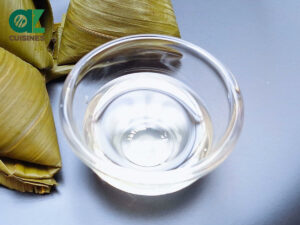
Ash Water
Made from burnt coal ash or lime powder, this unique ingredient is used to soak the rice and gives the cake its distinctive color and texture.
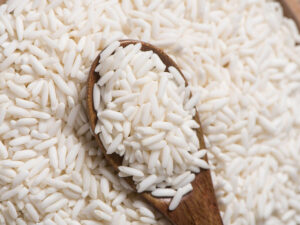
Glutinous Rice
Glutinous rice is used as the primary ingredient for the cake.
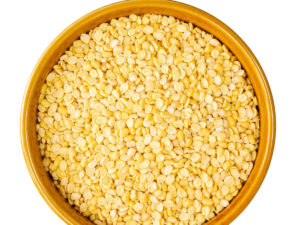
Fillings
Green bean paste is commonly used for the cake’s filling. Other filling options include red bean paste or grated coconut.
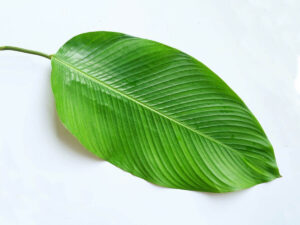
Wrapping Material
Banana leaves are commonly used for wrapping the cake before cooking. Alternatively, bamboo leaves or dong leaves can also be used.
Understanding these key ingredients is crucial in the process of how to make bánh tro, where the combination of ash water-soaked glutinous rice, chosen fillings, and the type of wrapping leaves are carefully balanced to create this traditional delicacy.
How to Make Bánh Tro?
Here’s the detailed step-by-step process for making bánh tro:
Step 1: Soak the Rice
Soak the glutinous rice in ash water or lye water for 4-5 hours or overnight, then drain and let it dry.
Step 2: Grind the Rice
Grind the soaked rice to a fine, smooth powder, or use pre-made glutinous rice flour.
Step 3: Prepare the Dough
Mix the glutinous rice flour, sugar, and salt in a bowl. Gradually add water and knead into a soft, pliable dough.
Step 4: Shape the Dough
Divide the dough into small portions and shape them into balls.
Step 5: Add Filling
Flatten a dough ball, place a teaspoon of green bean paste in the center, and wrap the dough around the filling.
Step 6: Wrap in Banana Leaves
Cut banana leaves into rectangles, blanch to soften, then wrap each dough ball in a leaf and secure it.
Step 7: Steam the Cakes
Steam the wrapped cakes for 15-20 minutes until cooked through and translucent.
Step 8: Cool and Serve
Let the cakes cool before unwrapping and serving.
After cooling, these bánh tro can be further enhanced by serving them with accompaniments, adding another layer of flavor to this traditional treat.
What to Serve with Bánh Tro
Bánh tro is a simple cake, light in flavor and often paired with sweet dips to enhance its taste. Two popular accompaniments are mật mía and sugar.

Mật Mía
Mật mía, or sugarcane syrup, is a common dip for bánh tro. To prepare it, sugarcane juice is filtered to remove impurities and then boiled until it thickens into a rich, amber-colored syrup. This sweet and slightly cool-tasting syrup complements the subtle flavor of Bánh Tro, making it more enjoyable.

Sugar
Given the neutral taste of bánh tro, dipping it in sugar would likely add a sweet contrast, enhancing the overall flavor experience.
To fully appreciate this sweet and savory combination, it’s best to try bánh tro at local markets or traditional eateries in Vietnam, where it’s freshly made and served with these authentic dips.
Where to Buy Bánh Tro?
Discover the best locations to acquire bánh ú in Ho Chi Minh City, Hanoi, and Da Nang below:
In Saigon (Ho Chi Minh City)
Pyramidal Rice Dumpling Village along Pham The Hien Street
Pham The Hien Street, District 8, Ho Chi Minh City
Chinese Quarter in Cho Lon
Visit the Chinese community in districts 5 and 6, with streets like Nguyen Trai, Lao Tzu, Gia Phu, Ta Uyen…
Major Market Areas
You can visit areas like Phung Hung (District 5), Ba Chieu Market (Binh Thanh District), Hoang Hoa Tham Market (Tan Binh District), Nguyen Tri Phuong Market (District 10), Thi Nghe Market (Binh Thanh District)
In Hanoi
Bánh Ú Tro Cô Hải
Address: 79 Pho Hue, Ngo Thi Nham, Hai Ba Trung.
Bánh Tro at Dong Xuan Market
Address: Dong Xuan, Hoan Kiem, Hanoi
Bánh Ú Tro Vạn Thịnh
Address: Kim Hoa, Dong Da, Hanoi
In Da Nang
Đạt Phát Food Store
Address: 526 Nguyen Phuoc Nguyen, Thanh Khe, Da Nang
Cồn Market
Address: 290 Hung Vuong, Vinh Trung, Hai Chau, Da Nang
Quảng Đà Specialty
Address: 46 Tran Cao Van, Thanh Khe, Da Nang
Visiting these locations offers a chance to weigh the pros and cons of bánh tro and to understand the subtle differences in preparation techniques and ingredients used across different regions.
Pros and Cons of Eating Bánh Tro
Let’s begin to dissect the pros and cons of bánh tro:
Pros
Cons
Exploring these pros and cons often leads to commonly asked questions about bánh tro, let’s check them now!



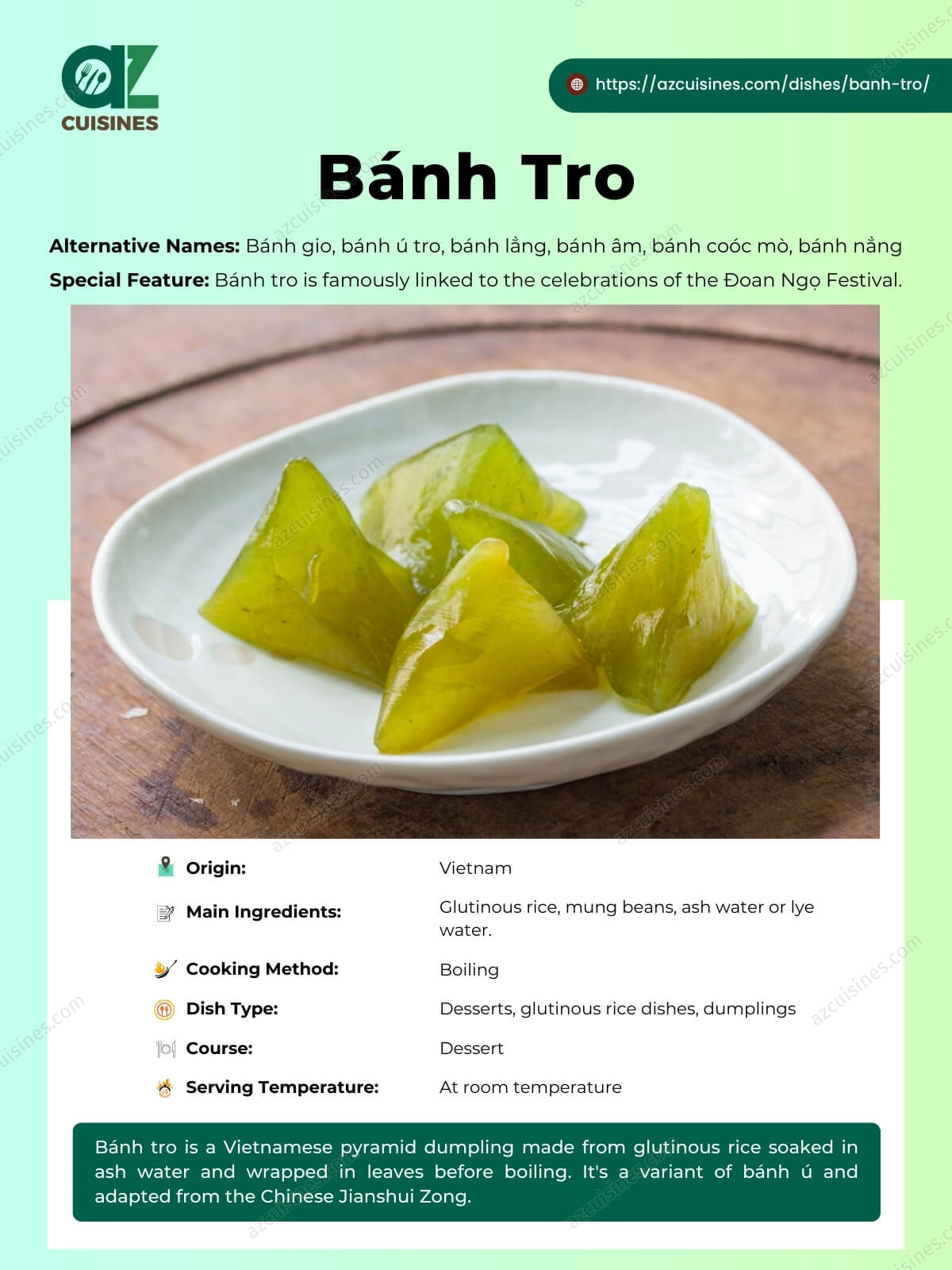
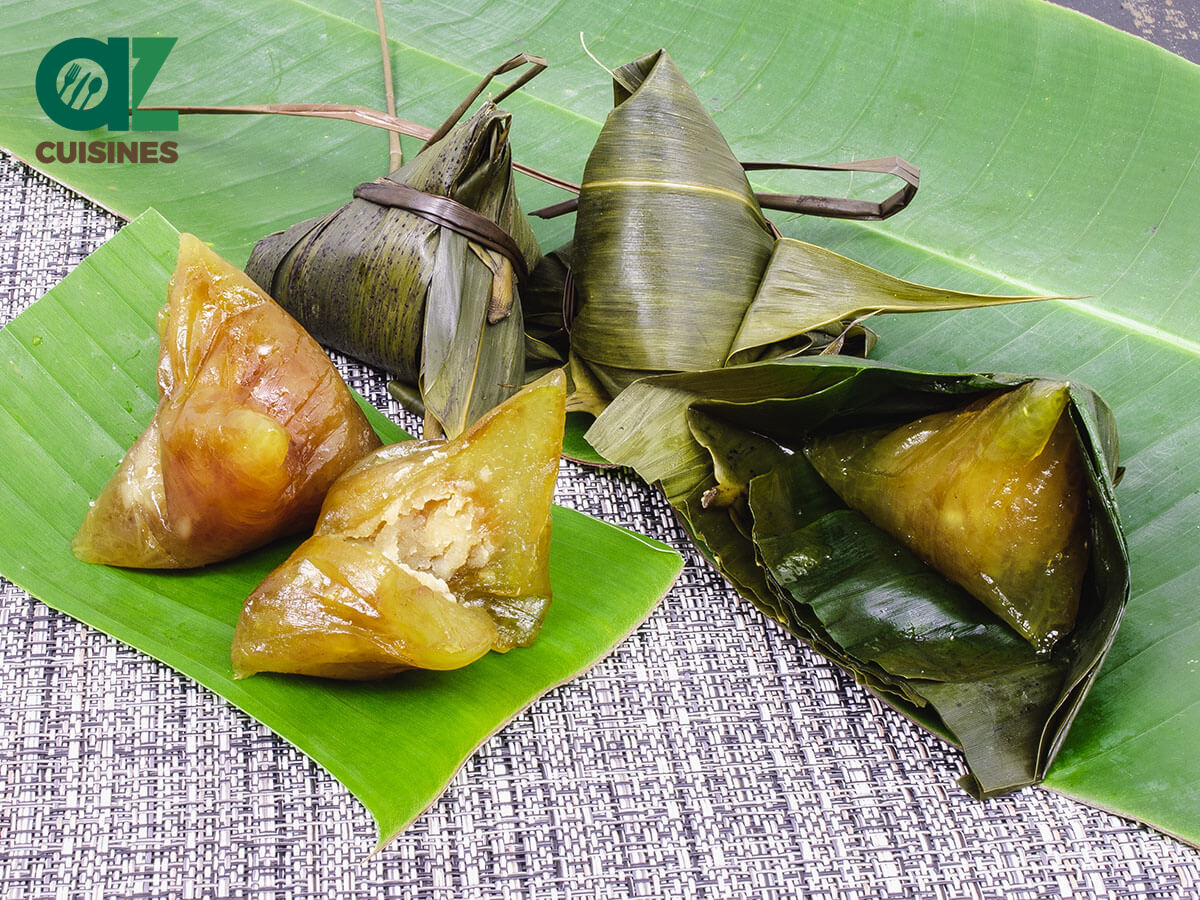

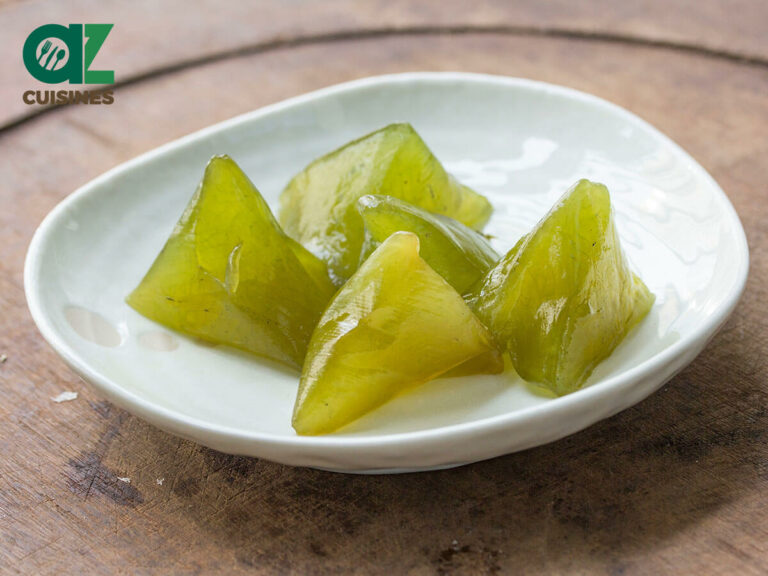
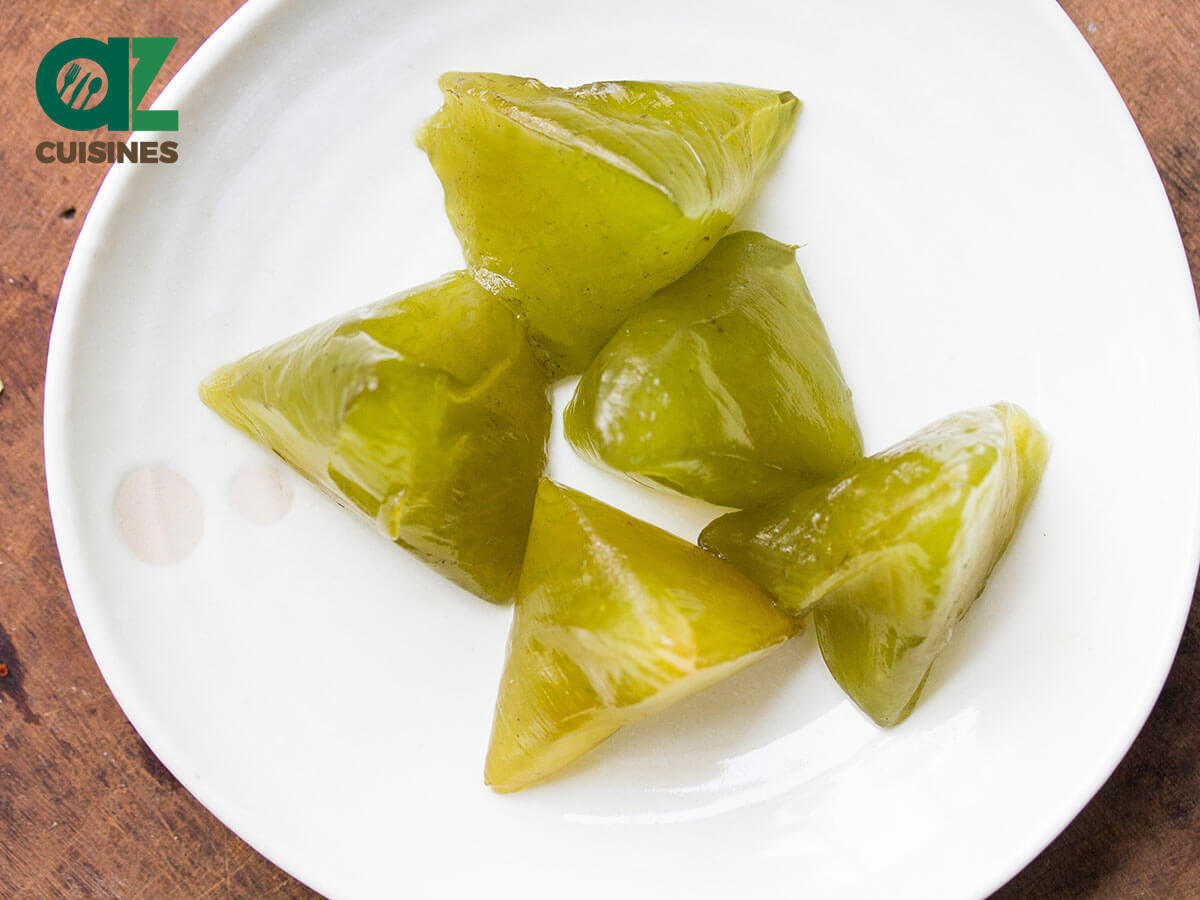
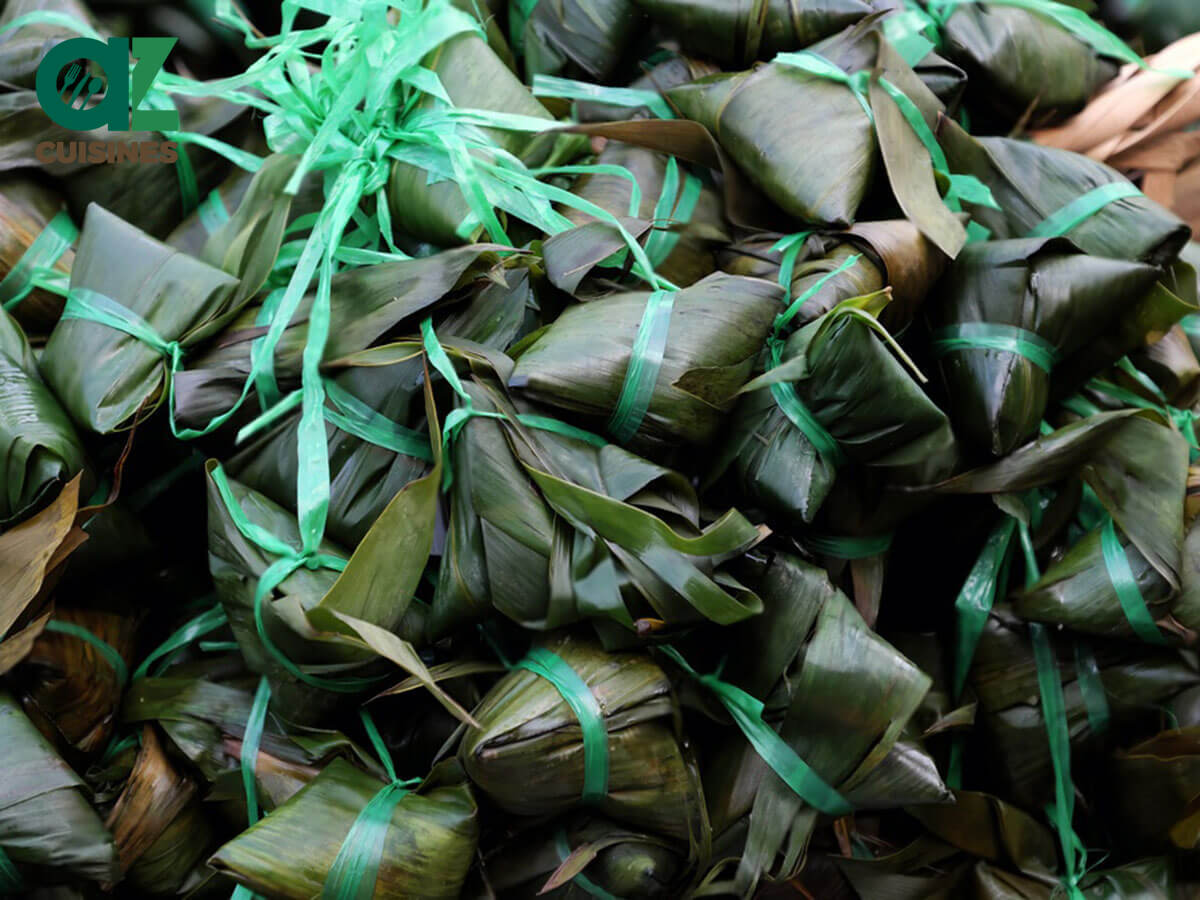
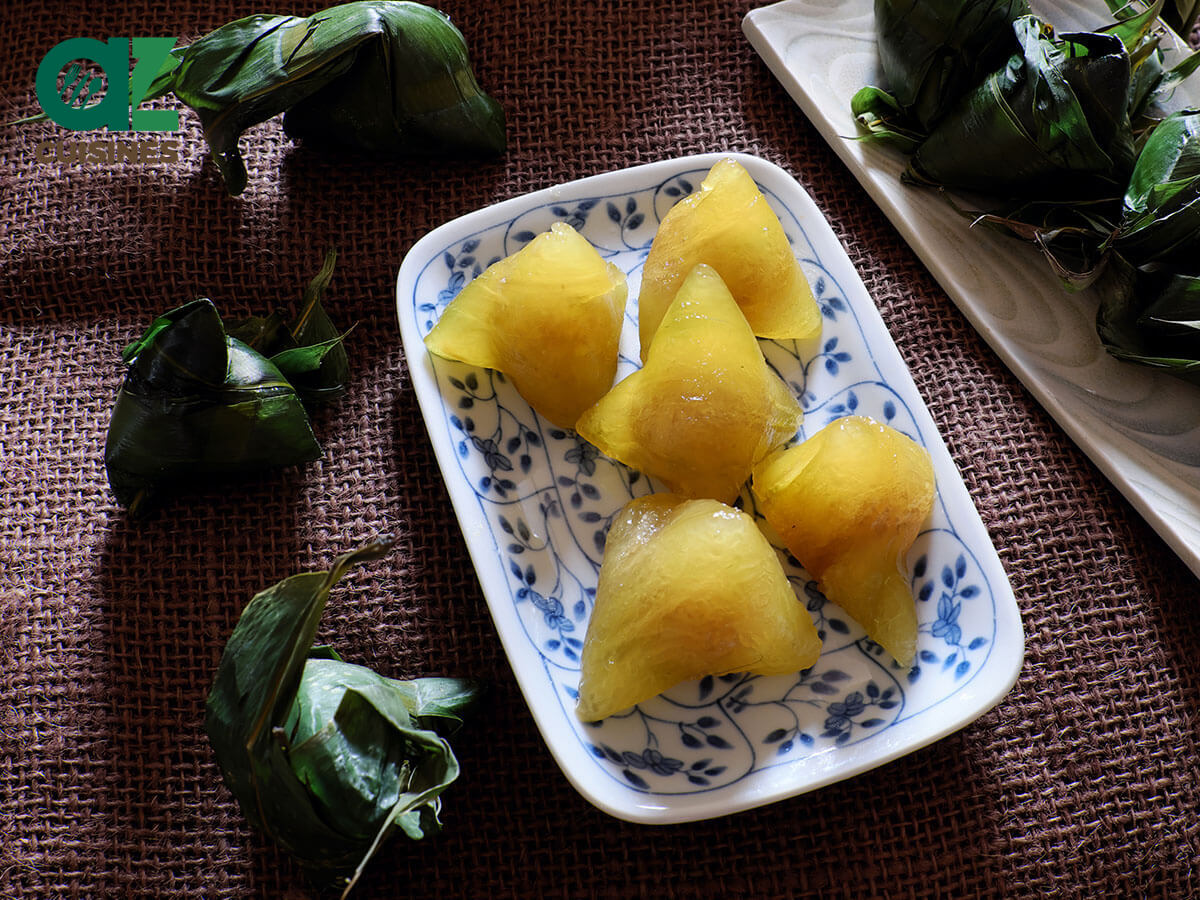
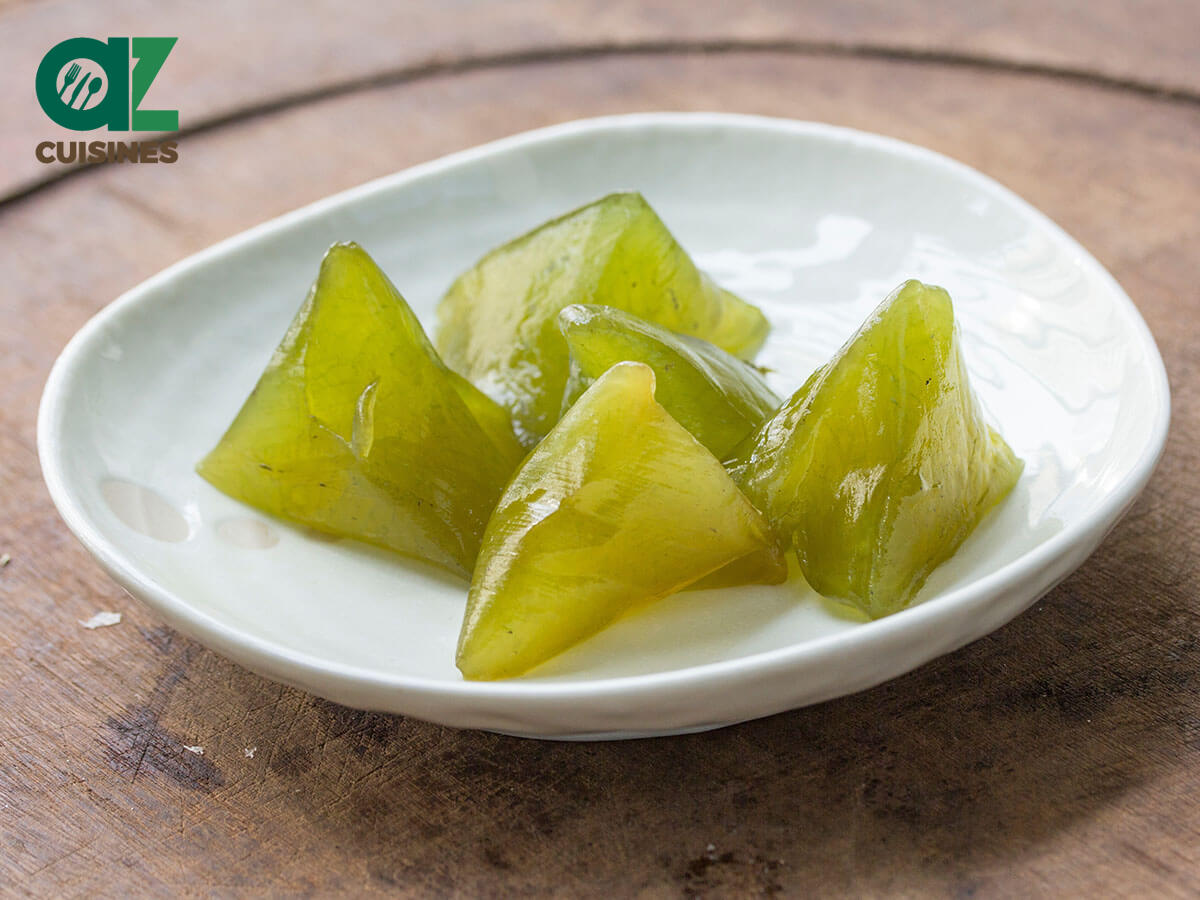
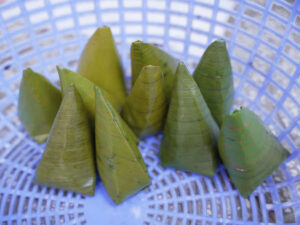
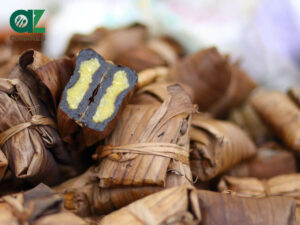
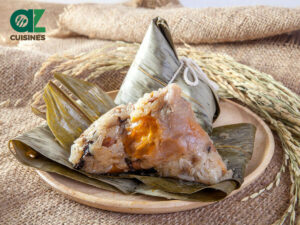
Truc Tran (Kris)
Senior Food Editor
Expertise
Home Cooking, Meal Planning, Recipe Development, Baking and Pastry, Food Editor, Cooking-video Maker, Vietnamese Food Evaluation Expert
Education
Truc Tran (Kris), an experienced food writer and editor, is great at exploring and describing global cuisines, from simple street food to fancy dining. In her writing, she skillfully mixes different flavors, cooking methods, and culinary traditions, showing the unique character of various cultures through their food and drinks. On azcuisines.com, Kris highlights her knowledge, especially in Asian cuisine and worldwide traditional dishes.